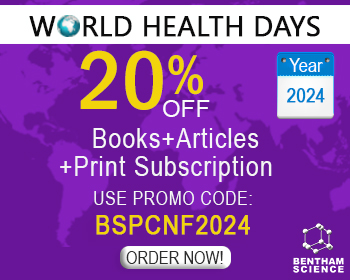Abstract
The burden of cardio-vascular and other age-related non-communicable diseases are rapidly increasing worldwide. Majority of these chronic ailments are curable, if diagnosed at early stages. Candidate biomarkers of early detection are therefore essential for identification of high-risk individuals, prompt and accurate disease diagnosis, and to monitor therapeutic response. The functional significance of circulating nucleic acids that recapitulate specific disease profiles is now well established. But subtle changes in DNA sequence may not solely reflect the differentiation of gene expression patterns observed in diverse set of diseases as epigenetic phenomena play a larger role in aetiology and patho-physiology. Unlike genetic markers, knowledge about the diagnostic utility of circulating epigenetic signatures: methylated DNA; micro RNA and modified histones are deficient. Characterization of these novel entities through omics-based molecular technologies might prompt development of a range of laboratory-based strategies, thereby accelerating their broader translational purpose for early disease diagnosis, monitoring therapeutic response and drug resistance. However, largest opportunity for innovation lies in developing point-of-care tests with accurate diagnostic and higher prognostic score that is applicable for screening of high-risk populations.
Keywords: Circulating nucleic acids, nucleosomes, DNA methylation, histone modifications, miRNA, non-communicable diseases, translational research.



























